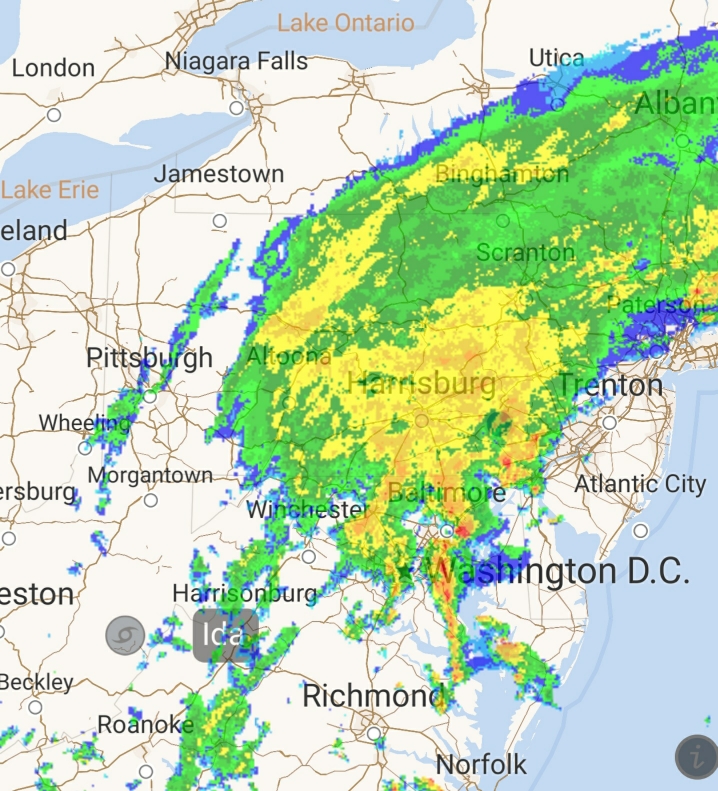dogghr
Well-Known Member
Flash Drought. Typically a somewhat limited duration of lack of rain accompanied by wind, and higher temps resulting in moisture evaporation within soils. My last one was 2018 beginning late July that year and receiving no rain until late Nov. Fall planting that year were a bust, browse was nearly depleted, only the alfalfa stayed somewhat palatable. Luckily there was a heavy hard mast and deer faired well for what would be a tough winter.
Advantages of a flash drought? These are my observations and doubt any literature supports it. But with these dry spells , not only are the wanted plants affected, but even the typically deep rooted , tubor type, weeds are also. Weeds succumb to the lack of moisture but also from the excessive heat and drying winds that come. While plantings seem to go dormant, awaiting moisture for their reawakening, so called weeds like thistle, struggle.
I found the following year of the 4 month '18 flash drought, that my clover plots had less nuisance weeds, and less unwanted grasses to contend with. And that result has continued to some extent over the last couple years.
Also my clover, alfalfa, and chicory, and brassica simply went dormant although appearing completely dead to the eye in the middle of the drought just like I showed of this years plots earlier. But as a hint a moisture appeared, the days became shorter and cooler, winds diminished, those hiding plants came forth with a vengeance that at least to my eye, were thicker, healthier, faster growing than in so-called typical years.
Oddly my very cool, very wet summers produce the poorest appearing plants even tho that desert look doesn't occur.
But the results of drought are harsh. No soft mast. I've lost at least 4 apple trees. Leaves. have nearly disappeared from the hard core pear trees, chestnut looks stressed, and I'm not sure yet of oak mast crop.
How to somewhat prepare for a flash drought?? Shall address my thots in the forthcoming post.
Farming.... not for the faint of heart.
Advantages of a flash drought? These are my observations and doubt any literature supports it. But with these dry spells , not only are the wanted plants affected, but even the typically deep rooted , tubor type, weeds are also. Weeds succumb to the lack of moisture but also from the excessive heat and drying winds that come. While plantings seem to go dormant, awaiting moisture for their reawakening, so called weeds like thistle, struggle.
I found the following year of the 4 month '18 flash drought, that my clover plots had less nuisance weeds, and less unwanted grasses to contend with. And that result has continued to some extent over the last couple years.
Also my clover, alfalfa, and chicory, and brassica simply went dormant although appearing completely dead to the eye in the middle of the drought just like I showed of this years plots earlier. But as a hint a moisture appeared, the days became shorter and cooler, winds diminished, those hiding plants came forth with a vengeance that at least to my eye, were thicker, healthier, faster growing than in so-called typical years.
Oddly my very cool, very wet summers produce the poorest appearing plants even tho that desert look doesn't occur.
But the results of drought are harsh. No soft mast. I've lost at least 4 apple trees. Leaves. have nearly disappeared from the hard core pear trees, chestnut looks stressed, and I'm not sure yet of oak mast crop.
How to somewhat prepare for a flash drought?? Shall address my thots in the forthcoming post.
Farming.... not for the faint of heart.


